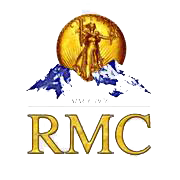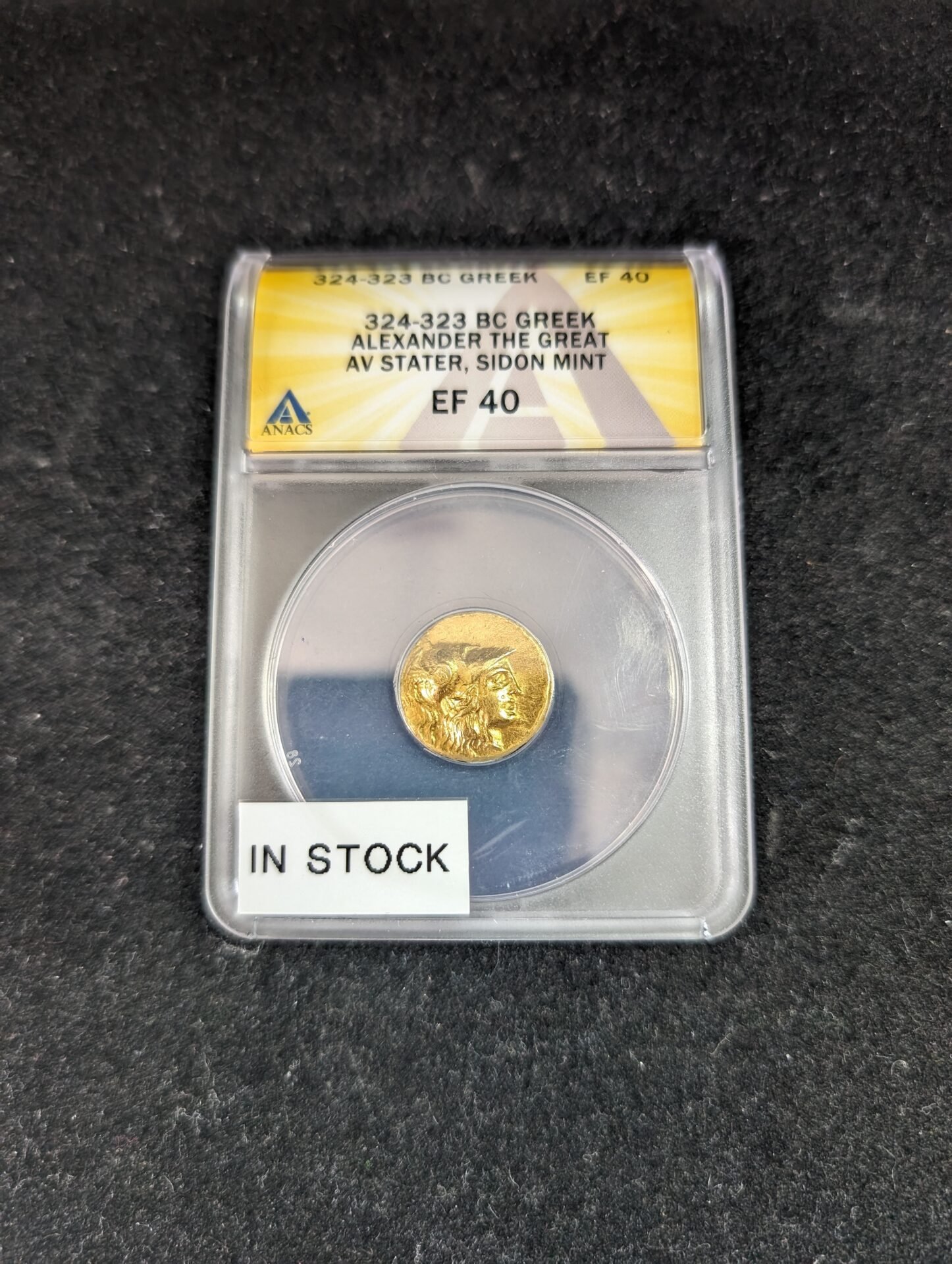Metal detectors cause a lot of noise. They emit beeping signals and inspire mystique in those who use them. But you may have hear d different rumors about these devices. Or maybe you don’t think that metal detectors can uncover actual treasure. Here, we’ll help you distinguish between the science and the science fiction surrounding metal detectors.
Fact: Alexander Graham Bell Invented the Metal Detector
In July 1881, Alexander Graham Bell put his knowledge about electricity to the test. When Charles J. Guiteau shot President Garfield, doc tors needed to find the wound and bullet to bring him back to health.
To assist these physicians, Graham Bell quickly made a primitive model of the metal detector-but unfortunately the president laid on a bed full of metal springs. The excess metal confused the world’s first metal detector, and President Garfield passed away.
Though his first attempt failed, Alexander Graham Bell’s model from the 1880s inspired many new generations of metal detectors that continue to save lives today.
Myth: Metal Detectors Depend on X-Ray Technology
The technology behind metal detectors uses electromagnetic fields to find metal objects and then send out an audible signal to the operator.
Most retail metal detectors use one of the three following techniques:
1. Very low frequency (VLF)
This popular technology uses two distinct coils. The outer coil sends electricity into the ground, and the inner coil detects frequencies from target objects buried in the earth. Together, these two coils create a magnetic field, which can elicit a response from metal objects.
2. Pulse induction (PI).
Less popular than VLF, PI detectors use only a single coil. This coil sends out a short pulse of current to generate a magnetic field. T he average PI metal detector sends 100 pulses per second, which can create enough electricity to detect buried metal.
3. Beat-frequency oscillation (BFO).
BFO technology also uses two coils: one located in the control box and another in the lowest part of the detector. These coils oscillate at different frequencies and generate radio waves when they come across metal objects that disrupt the frequency.
Fact: Doctors Use Metal Detectors to Diagnose Medical Problems
Even though Alexander Graham Bell failed to locate a bullet after President Garfield was shot, the technology Bell created today can solve a variety of medical problems.
Most modern doctors use metal detectors to locate swallowed metal objects, including coins. Since the 1990s, this procedure has helped doctors find foreign objects inside a patient. Then, physicians determine if they should surgically remove the items or if the p atient’s digestive system will expel the object.
Metal detectors also help doctors ensure that medical devices remain in the correct location of the body. After surgical insertion, doctors often use metal detectors to track the position of devices over time. But doctors may need to deactivate or reprogram cardiac device s like pumps, pacemakers, and defibrillators after this procedure.
However, even the most advanced metal detectors have limited depth. Procedures that involve deeply lodged metal within the body pose problems to a metal detector’s efficacy.
Myth: You Can Use Your Metal Detector Wherever You Want
Although treasure hunting with your new gadget might make you feel like a pirate, you still have to obey private property laws.
Federal law prohibits treasure hunters from traipsing onto government lands and historic sites to dig up pieces of history without authorization. For example, National Geographic reported that an amateur treasure hunter discovered buried treasure in a county-o wned park in Jupiter, Florida. This individual, however, still had to hand over his findings to archeological experts and county officials.
Fact: Metal Detector Enthusiasts Speak Their Own Language
Forums on metal detecting lingo report a wide vocabulary that could startle linguists. Samples of metal detecting jargon include:
- Black dirt: the soil rich in organic material found in the eastern United States. Indicates a fertile field to search fo r treasure.
- Canslaw: shreds of pop cans that get cut to pieces by lawnmowers. The unique shape of these slices can give a false alarm to metal detectors.
- Freestyling: when one goes door-to-door and asks permission to metal detect on private property.
- Joke tags: metal plates left by other metal detectors as a practical joke.
For the full metal detecting dictionary and a host of other tips, visit this site.
Myth: Only Experts Find Valuables
Two young boys in Virginia played with a metal detector behind their grandfather’s house and wound up revealing an artillery shell from the Confederate Army.
One of the most exciting discoveries of Viking archaeology was discovered by amateur detector Darren Webster-on his lunch break. Though he often searched in the field behind his house, a stroke of luck helped Webster uncover silver coins, pots, and bracelets that dated more than thousands of years old.
You Could Be Next
Now that you know the truth about metal detectors, you could use your own device to find the next archaeological wonder in your back yard. Just remember to keep fact and fiction separate.




